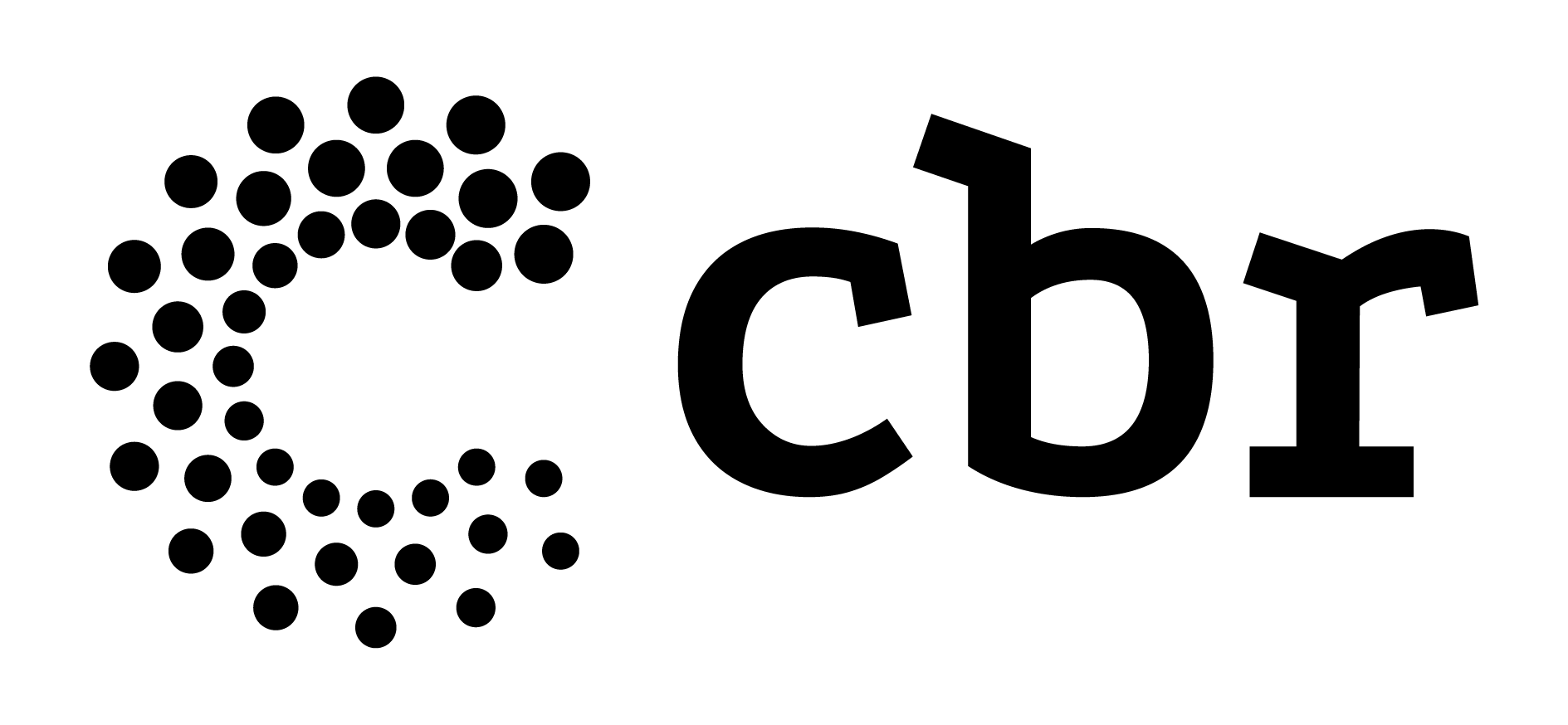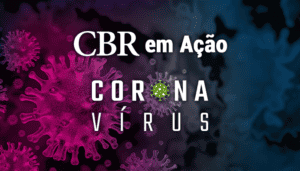Based on the available medical literature, the CBR, through its Department of Thoracic Radiology, recommends:
- CT scan should NOT be used as a screening or for the initial imaging diagnosis of COVID-19;
- Its use should be reserved for symptomatic hospitalized patients in specific clinical situations. CT findings do not influence outcomes;
- When indicated, the protocol is a high-resolution CT (HRCT), if possible with a low-dose protocol. The use of intravenous contrast medium is generally not indicated, being reserved for specific situations to be determined by the radiologist.
- After use by patients with suspected or confirmed diagnosis of COVID-19 infection, the room and the equipment used must undergo a disinfection process, as described in another CBR document: https://cbr.org.br/recomendacoes-gerais-de-prevencao-de-infeccao-pelo-covid19-para-clinicas-e-servicos-hospitalares-de-diagnostico-por-imagem/
- When indicated the Chest X-ray, in suspected/confirmed cases, of hospitalized patients, we should favor the use of portable X-rays, as the surfaces of these machines can be more easily cleaned and, furthermore, the need to take patients to the image sector.
With the spread of the COVID-19 infection worldwide and in our
country, imaging methods have received special attention and it is important to highlight
what would be the role of plain radiography and computed tomography of the chest in the
context of a patient with a suspected or even confirmed diagnosis of COVID-19 infection. Several publications have described the most common findings both in radiographic and tomographic images.
The interest is even greater due to the scarcity of confirmatory serological tests in some specific countries and regions, as well as due to some reports from the infection in China in which CT already showed findings even in patients with serological tests that were still negative. We emphasize that the recommendations and findings described here may be changed and/or supplemented due to the rapid evolution of the pandemic and the fact that we are dealing with acute cases of an infection in which all of its nuances are not known.
Some key considerations must be made regarding the use of imaging methods in COVID-19 infection. The US government agency Centers for Disease Control (CDC) does not currently recommend Rx or CT for the diagnosis of COVID-19 infection. Serological tests remain the only specific method for this purpose. All international organizations, so far, reaffirm the need for laboratory confirmation, even in patients with highly suggestive clinical and imaging findings. Imaging findings from COVID-19 infection are non-specific and overlap with many other acute infections such as influenza, SARS, MERS, and H1N1. Many of them are known to have a much higher prevalence than COVID-19.
It must also be considered that infection control in radiological services, which involves reducing the non-indicated use of imaging methods, is extremely important. We remind you that, for the proper disinfection of the CT/RX environment, a long time may be required, sometimes over 30 minutes, restricting the ability to perform exams. Hence the need for well-defined indications for imaging exams.
Radiologists should be familiar with the imaging findings of COVID-19 infection, briefly summarized here:
-
- Plain chest X-ray:Chest radiographs typically show multifocal airspace opacities similar to other coronavirus infections. Chest X-ray findings are delayed compared to HRCT.
- High-resolution CT of the chest: Lung abnormalities in COVID-19 infection are usually peripheral, focal or multifocal ground-glass attenuating opacities, and bilateral in 50-75% of cases. With the progression of the disease, between 9 and 13 days, there is the appearance of lesions with a mosaic paving pattern and consolidations. Lesions disappear slowly, lasting 1 month or more. In the pediatric group, the finding of consolidation surrounded by ground-glass attenuation (halo sign) seems to be more common than in adults.
To facilitate the understanding of these findings, we indicate the website
made available by the Italian Society of Medical Radiology, with images of the
COVID-19 infection: https://www.sirm.org/category/senza-categoria/covid-19/
It should be noted that the course of this pandemic is acute and the recommendations can be
changed/adjusted at any time.
Click here and download this material in PDF.
Sources:
1. Societá Italiana di Radiologia Medica e Interventistica. https://www.sirm.org/
2. Coronavirus Disease 2019 (COVID-19): A Perspective from China. Radiology, Feb.
2020. https://doi.org/10.1148/radiol.2020200490
3. CT Imaging Features of 2019 Novel Coronavirus (2019-nCoV). Radiology Feb,
2020. https://doi.org/10.1148/radiol.2020200230
4. Performance of radiologists in differentiating COVID-19 from viral pneumonia on
chest CT. Radiology, Feb 2020, https://doi.org/10.1148/radiol.2020200823
5. Chest CT Findings in Coronavirus Disease-19 (COVID-19): Relationship to
Duration of Infection. Radiology, Feb 2020, https://doi.org/10.1148/radiol.2020200463
6. Essentials for Radiologists on COVID-19: An Update—Radiology Scientific Expert
Panel. Radiology, Feb 2020, https://doi.org/10.1148/radiol.2020200527
7. Time Course of Lung Changes On Chest CT During Recovery From 2019 Novel Coronavirus (COVID-19) Pneumonia. Radiology, Feb 2020, https://doi.org/10.1148/radiol.2020200370
8. Radiology Perspective of Coronavirus Disease 2019 (COVID-19): Lessons From Severe Acute Respiratory Syndrome and Middle East Respiratory Syndrome. American Journal of Roentgenology 2020, 1-5. 10.2214/AJR.20.22969
9. Xia W, et al. Clinical and CT features in pediatric patients with COVID-19 infection: Different points from adults. Pediatric Pulmonology. 2020; 1-6. 10.102/ppul.24718




